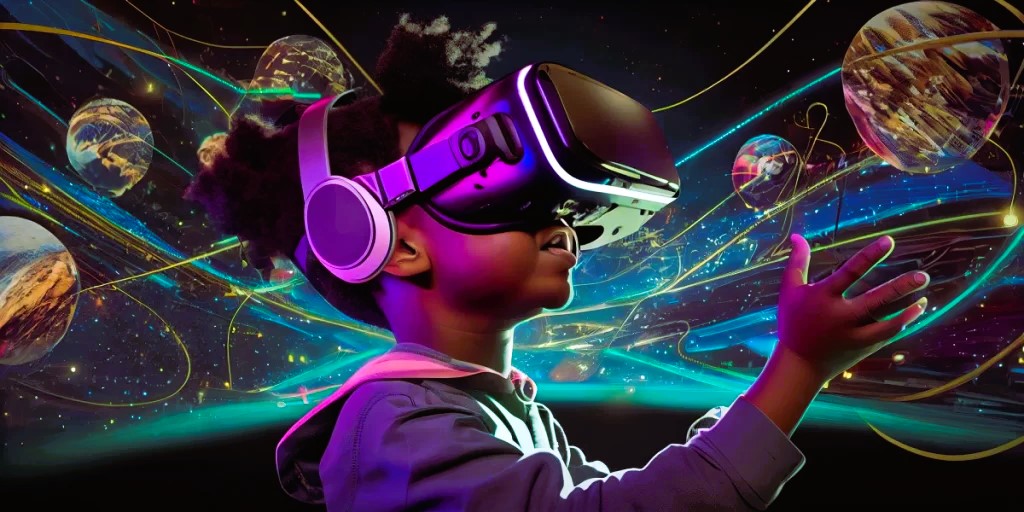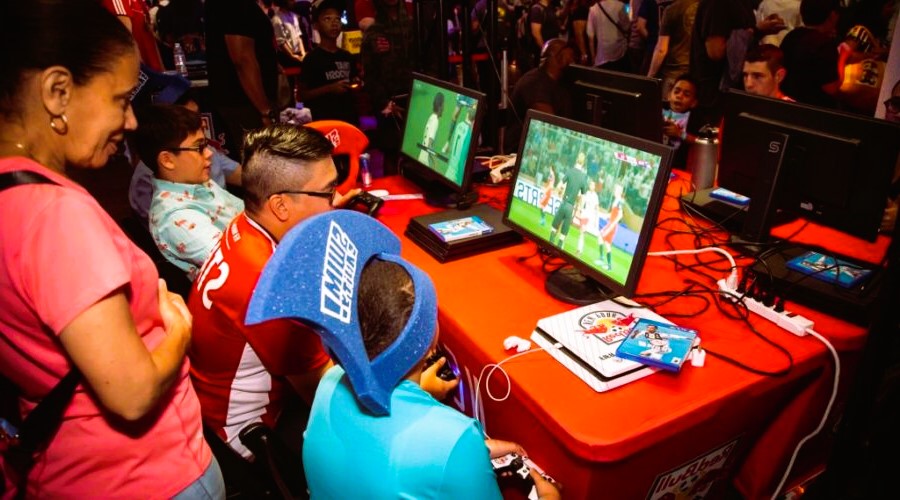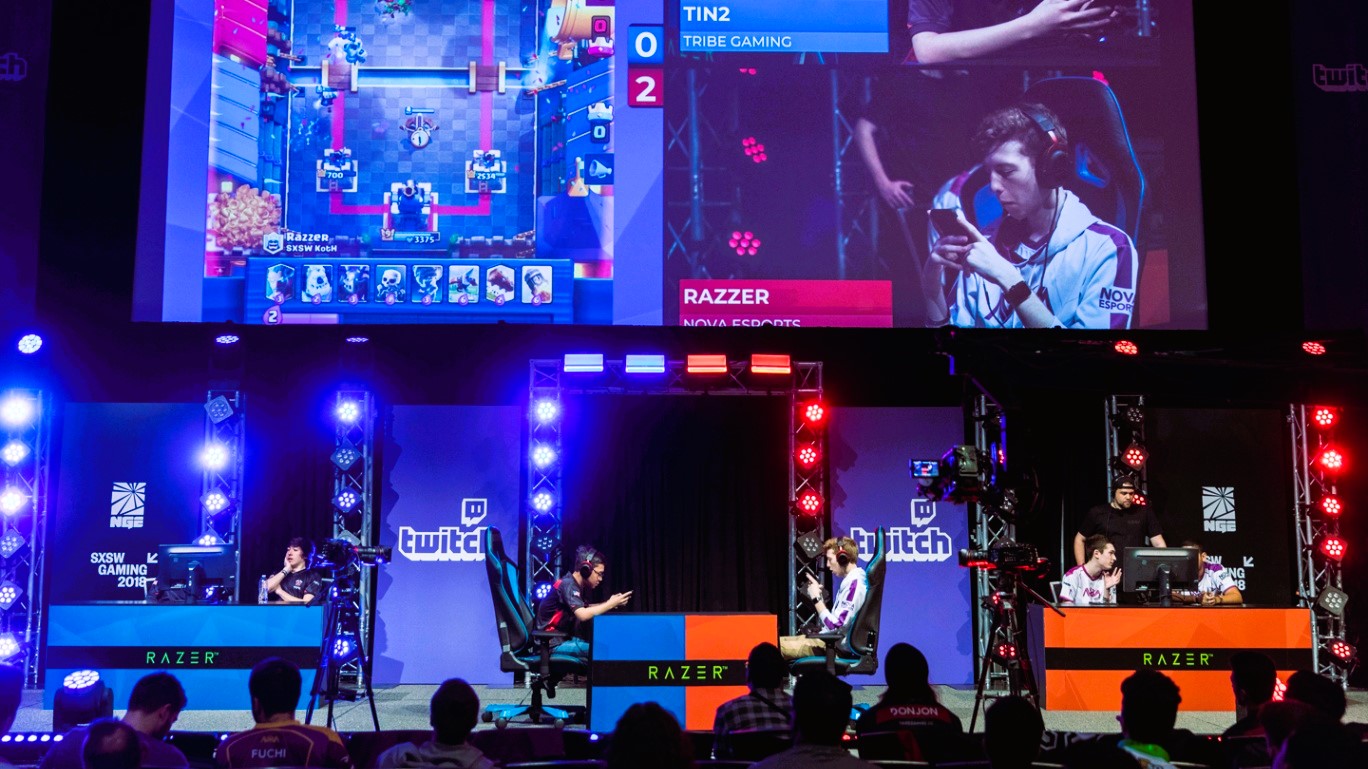Virtual Reality (VR) has emerged as one of the most groundbreaking technologies in the gaming industry, offering players immersive experiences that were once confined to the realm of science fiction. With advancements in hardware and software, VR is transforming not just how games are played but also how they are designed and experienced. Let’s explore how VR is shaping the future of gaming and its potential to redefine the industry of the best Minecraft server hosting.
1. Immersive Gameplay: A New Level of Engagement
One of the most notable impacts of VR is the unparalleled level of immersion it provides. Players can step directly into virtual worlds, experiencing games in a first-person perspective that feels remarkably real.
Key Examples:
- In Half-Life: Alyx, players interact with the environment using hand-tracking, creating an experience that blurs the line between the virtual and physical worlds.
- Games like Beat Saber transform rhythm gaming into a full-body workout, engaging players in ways traditional gaming cannot.
By creating environments that respond to physical movements and gestures, VR brings a new dimension to storytelling and gameplay mechanics.
Learn more about immersive gaming on the Virtual Reality page on Wikipedia.
2. Social Gaming in Virtual Worlds

VR has made significant strides in connecting players through shared virtual spaces. Social VR platforms like VRChat and Rec Room allow players to meet, interact, and play games together in virtual environments.
Why It Matters:
- Multiplayer VR games foster a sense of presence, making interactions feel more natural compared to traditional online gaming.
- Competitive titles like Population: One bring battle royale gameplay to VR, emphasizing teamwork and strategy in an immersive setting.
The ability to socialize and collaborate in virtual spaces is redefining how players connect and share experiences. Like this article? Read also about The Evolution of Open World Games.
3. Fitness and Gaming: The Rise of VR Workouts
VR gaming has extended beyond entertainment to promote physical activity. Fitness-focused VR games are growing in popularity, combining exercise with engaging gameplay.
Top VR Fitness Games:
- Supernatural: A subscription-based fitness app offering guided workouts in stunning VR landscapes.
- FitXR: A VR fitness studio offering boxing, dance, and high-intensity interval training (HIIT) sessions.
This shift toward active gaming is attracting a broader audience, including those looking to integrate fitness into their routines.
4. Expanding Accessibility in Gaming
VR is also paving the way for more inclusive gaming experiences. Developers are focusing on creating adaptive controls and environments to ensure players of all abilities can enjoy VR games.
Innovations in Accessibility:
- Features like seated play modes and customizable control schemes make VR more accessible.
- Companies like Oculus (now Meta) and HTC are investing in research to create hardware suitable for a diverse audience.
This focus on inclusivity ensures that VR gaming can be enjoyed by as many people as possible.
5. The Evolution of Game Design
The advent of VR has revolutionized how developers approach game design. Traditional mechanics often need to be reimagined to fit the unique capabilities of VR hardware.
Examples of Innovative Game Design:
- Job Simulator: A whimsical take on everyday tasks that uses VR to make mundane actions entertaining.
- The Walking Dead: Saints & Sinners: Combines survival horror with tactile combat, leveraging VR’s immersive capabilities to heighten tension.
Game developers are now prioritizing interactivity, realism, and player agency, creating experiences that feel personal and engaging.
6. Challenges Facing VR Adoption

While VR offers exciting possibilities, it still faces challenges that could hinder widespread adoption.
Key Challenges:
- High Costs: High-end VR headsets like the Valve Index and Meta Quest Pro are expensive, making them less accessible to casual gamers.
- Motion Sickness: Not all players can adapt to the movement mechanics of VR, leading to discomfort.
- Limited Game Library: Although growing, the library of VR-exclusive games still lags behind traditional gaming platforms.
Overcoming these hurdles is essential for VR to fully realize its potential.
7. The Future of VR in Gaming
As technology continues to evolve, the future of VR in gaming looks promising. Upcoming advancements in hardware and software will make VR more accessible, affordable, and immersive.
What’s Next for VR Gaming:
- Wireless headsets with improved battery life and performance.
- Integration of haptic feedback suits to enhance sensory experiences.
- Expanded use of artificial intelligence to create more dynamic and responsive virtual worlds.
These innovations will likely make VR a central pillar of the gaming industry in the coming years.
Virtual Reality is no longer a niche technology—it’s a transformative force shaping the future of gaming. From immersive gameplay and social interactions to fitness integration and inclusive design, VR offers a glimpse into the limitless possibilities of interactive entertainment.
Want to learn more about the impact of VR? Check out the Virtual Reality page on Fandom for detailed insights and updates on the latest trends.
The question isn’t whether VR will change gaming; it’s how far it will take us into uncharted territories of virtual experiences. Will you be ready to step into the future?





